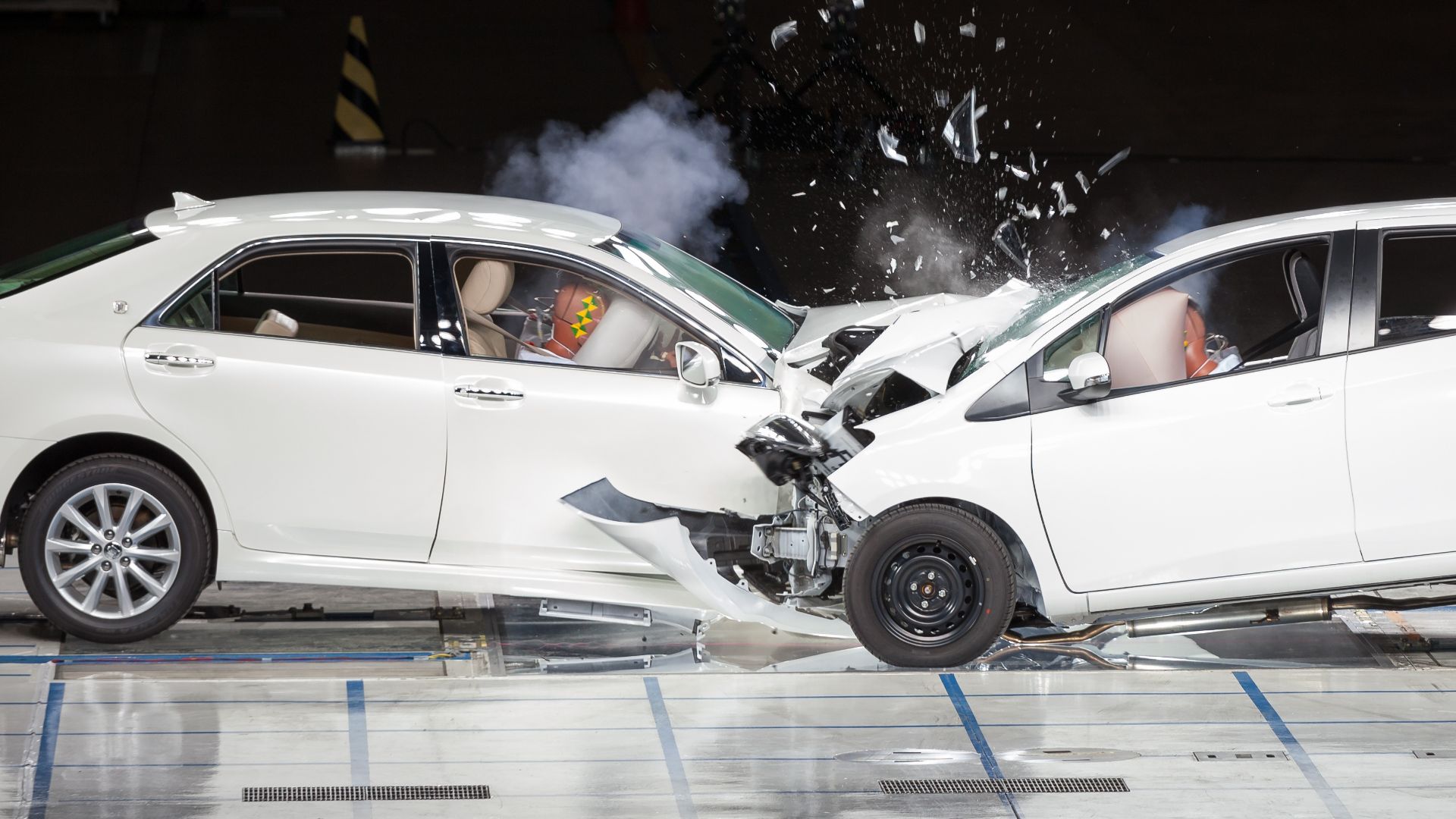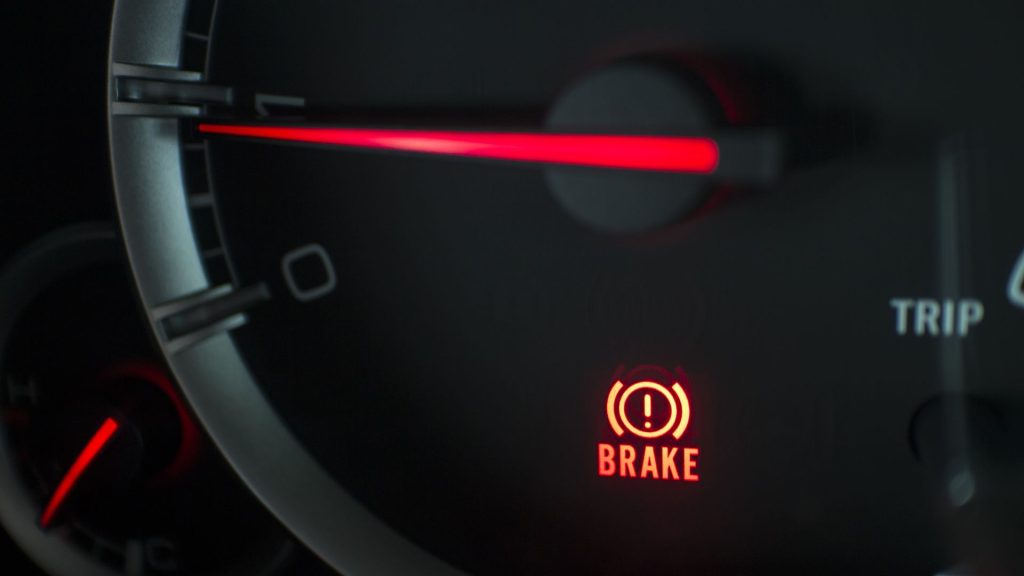Pre-collision system malfunction — causes and fixes
Uncover the reasons behind pre-collision system malfunctions.

The pre-collision system is a lifesaving feature that helps commuters avoid accidents or reduce the severity of auto clashes. But like every other piece of complex automobile technology, the PCS is not perfect.
Pre-collision system malfunction means the system does not function the way it should. The pre-collision is likely to malfunction for several reasons. It can either wrongly identify a potential collision when there is none, causing the driver to become startled and lose control. It could also trigger the brake sensor and prompt your car to brake unexpectedly or even accelerate.
In other cases, the PCS may fail to identify an obstacle and put on the brakes resulting in a catastrophic accident if the driver is not alert. Pre-collision failure may affect other cruise control components and your vehicle’s safety. You should attend to it as soon as possible.
How does the pre-collision system work?

The pre-collision system has a radar placed under the license plate number behind the front grille. It determines if the vehicle will collide with another car or an object while in motion. If it detects possible collisions, the sensor automatically turns on the pre-collision system to avoid the collision or reduce the severity.
An invisible laser and a front-facing camera come standard in some vehicles. These features help calculate the distance between the car and any obstacle in the path, considering the speed. In the case of a likely collision, the PCS will send audiovisual signals to enable you to slow down or stop the vehicle. If you don’t slow down or stop, the PCS may apply the brakes or bring the car to a complete halt.
Why does my pre-collision system malfunction?

The pre-collision system may malfunction for the following reasons:
Damaged or filthy radar
Since the pre-collision system depends on the laser radar for its effective working, a filthy radar is the most common cause of PCS malfunction.
Due to the position of the radar, it is prone to damage from accidents and can become obstructed by dirt, snow, or fog.
Exposure to harsh weather or heavy downpour is also not good for the radar. To help your PCS function well, it is necessary to clean your radar sensor as often as possible, especially if you drive in rough terrains or live in prevalent bug areas. In addition, replace broken radars as soon as possible.
Faulty brake switch
The PCS works with the signals from the brake sensor. It checks if the driver is pressing the brake pedal or if it is necessary to apply the brake automatically. Worn out or defective brake switch disrupts the signals about the brakes and causes the PCS to malfunction. The brake switch is crucial for the safety of every vehicle, and it is advisable to replace the defective brake switch to avoid other damages.
Defective airbag sensor
One potential cause for a pre-collision system malfunction is a defective airbag sensor. The airbag sensor found in front of the vehicle detects when an accident has occurred. When impaired, it may not disrupt the smooth functioning of the PCS.
If the airbag sensor is faulty, you can reset it by removing the power cord. To do this, unbolt the battery’s positive cable and keep it for about two to three minutes before replacing it. Resetting the sensor will be futile if the sensor is broken or damaged. In this case, replace the malfunctioning airbag sensor to fix the problem. You should see an SRS light on the dashboard in case of defective airbag sensors.
Improperly placed tow hitch
Improperly placing the tow hitch can obstruct the radar and render it ineffective, thereby affecting the functionality of the PCS.
Let a qualified automobile technician fix and set up your tow hitch. This will guarantee correct positioning and setup that will not block the radar or disturb the activities of the PCS.
Dirty or tinted windshield
A possible reason your PCS is malfunctioning is the tinted or dirty windshield. When the windshield is dirty or too dark, it obstructs the radar sensor and makes it difficult for it to identify obstacles. Clean your windshield regularly and avoid tinting it too dark to allow your radar sensor to work as it should.
System is unprotected from rodents
Always look out for rodents and other small creatures that can chew on things. If you don’t protect your car from these creatures, they can chew on the wires and other components, which might lead to severe damages, including the malfunctioning of the Pre-collision system.
It is essential to prevent this damage as the vehicle’s warranty does not cover it. If you live in a rodent-infested area or find rodents taking a liking to your car, you should use rodent sprays to prevent them from gnawing on your vehicle.
Dirty speed sensor
Debris build-up is a common cause of PCS malfunction. If your PCS is malfunctioning, but your car is operating just fine, it could result from a filthy speed sensor. It would be best to clean your speed sensor regularly to keep it from filth. You should also be aware of other speed sensor symptoms to cope with the problem as soon as possible.
Lift kits and aftermarket grilles
Misalignment of the lift kits and aftermarket grilles will affect the pre-collision system from working correctly. When the aftermarket grilles differ from the original or misalign, it results in incorrect reading and confuses the pre-collision system.
Also, if the lift kit misaligns, it increases the distance from the roadblocks the radar from seeing the front area adequately. A simple solution will be to recalibrate the aftermarket grilles and realign the lift kits properly.
How do I spot a malfunction in the pre-collision system?

There are several noticeable pointers to a failing pre-collision system. Some of them include the following:
Red light
The most common pointer of a faulty PCS is the red light. When your car sensors or indicators turn red, your PCS is not working correctly.
Warning signs
Aside from the red lights, there could be other warning signs to show that your PCS is experiencing some issues. These warnings could be in the form of exclamation marks or lines on the screen. If you notice alarm lights or unusual error signs on your screen, it may be time to reset your PCS or clean up your sensors.
FCW error
The forward collision error is the most obvious sign of a PCS malfunction. If your FCW shows off or displays error signs, it indicates that all is not well with the PCS.
How do I fix my pre-collision system malfunction?
The easiest way to fix a PCS malfunction is by resetting the system. If your PCS is not working correctly, you can take the following steps to reset it.
- Check the fuse box and ensure that the pre-collision system’s fuse is healthy. If it has blown, you should replace it with a new one as soon as possible.
- Disconnect the battery for a short period and then reconnect it. Doing this will reset all your car’s electronic components and minor issues that may have led to the malfunction.
If the issue continues after the reconnection, it could mean more severe problems. You should take your vehicle to your dealer or a skilled technician to examine and fix it. Additionally, always ensure that your sensors and windshield are thoroughly cleaned and free from debris so that they do not cause your PCS to malfunction.
Our take
The pre-collision system is an important safety feature of every automobile. For the PCS, many things could go wrong that may lead to system malfunction, but fortunately, most of them are easy to solve without your car dealer.
Although your vehicle can drive well despite PCS malfunction, you should not ignore the alarm lights on your dashboard. Try to fix the problems of your PCS, as it could help save your life and that of others around you.
Why did my collision light come on?
The PCS dashboard warning light could come on for different reasons. It could be when the vehicle detects a potential collision or when there is a malfunction in the system, even if it’s a temporary one. u003cbru003eu003cbru003eThe alarm light could flicker when the system is not performing correctly or when the PCS is disabled. The collision alarm light will still function whether the pre-collision system is on or turned off.
How do I turn off my pre-collision light?
To turn off your pre-collision light, turn off the ignition switch for a few seconds, then turn it back on. If the problem persists, go ahead to reset your pre-collision system and if that doesn’t work, turn off your PCS system and seek the help of a qualified auto mechanic as soon as possible.
Can I drive my car with the pre-collision system unavailable?
Yes! The pre-collision system will help you avert potential accidents when you are not alert, but it is possible to do without it. Turning off the PCS does not affect your driveability. u003cbru003eu003cbru003eHowever, PCS issues can affect cruise control and other specialized vehicle features. This would not require an immediate visit to your car dealer but do not utterly neglect it. It would help if you fixed the problem as soon as possible.